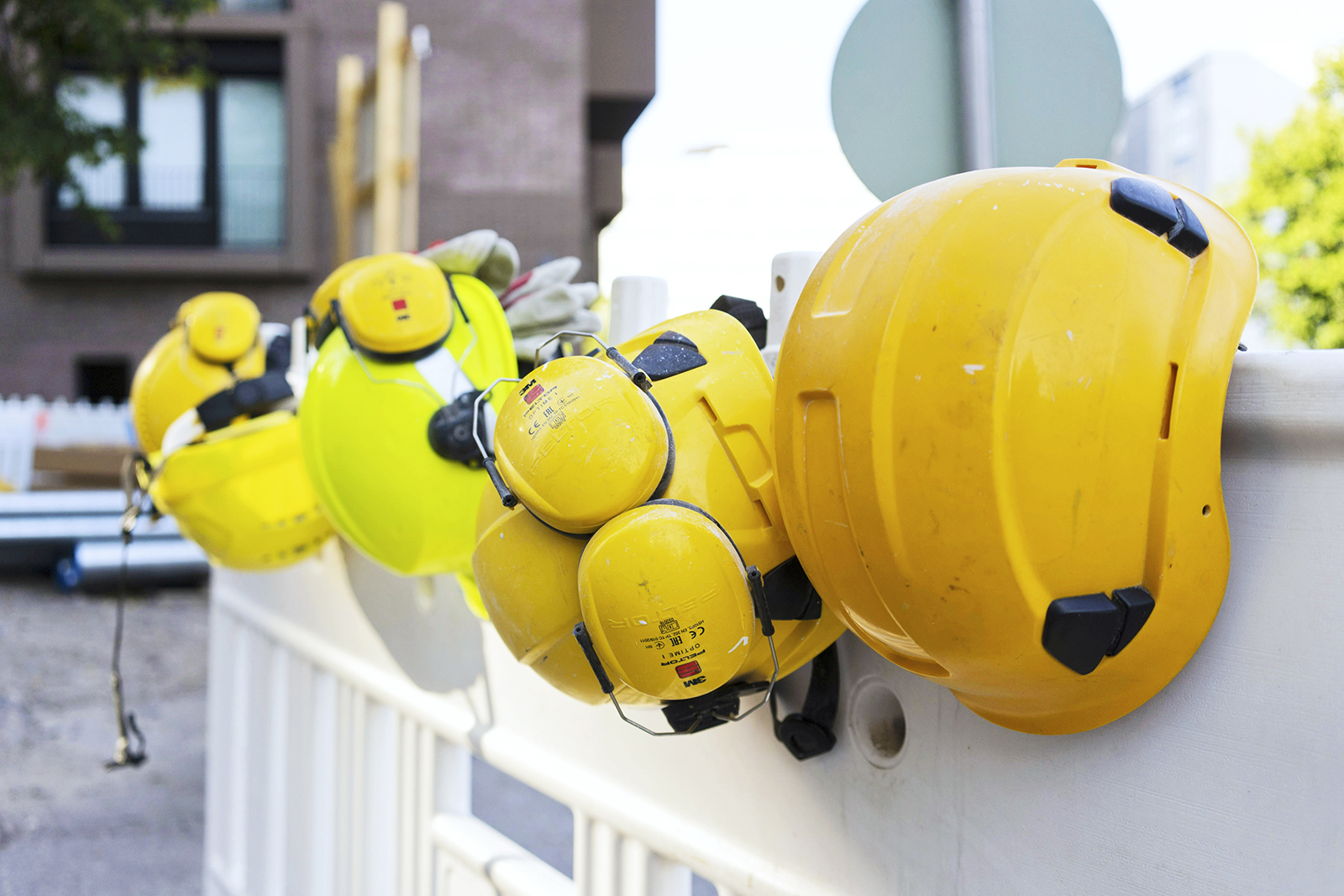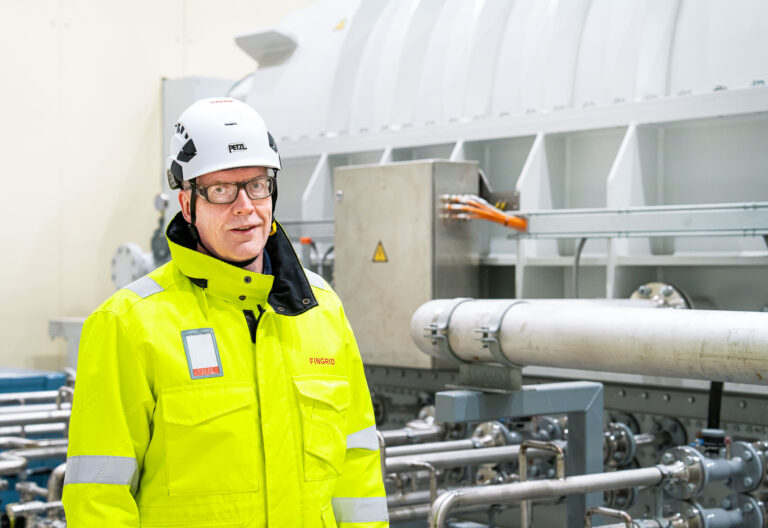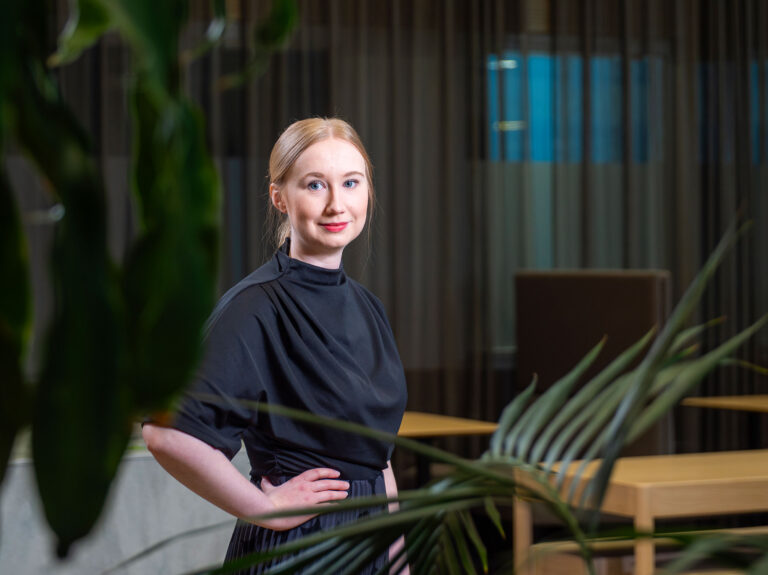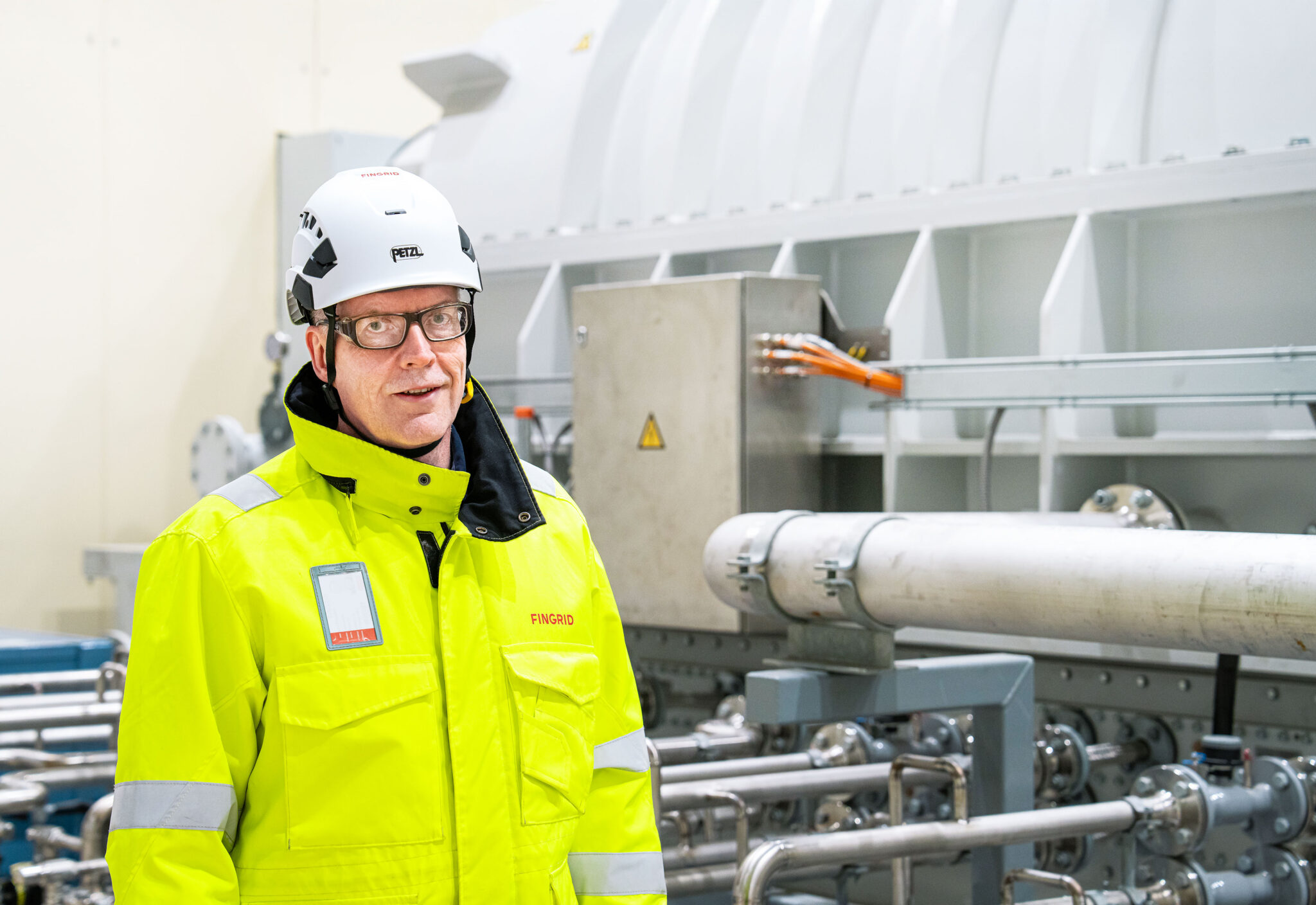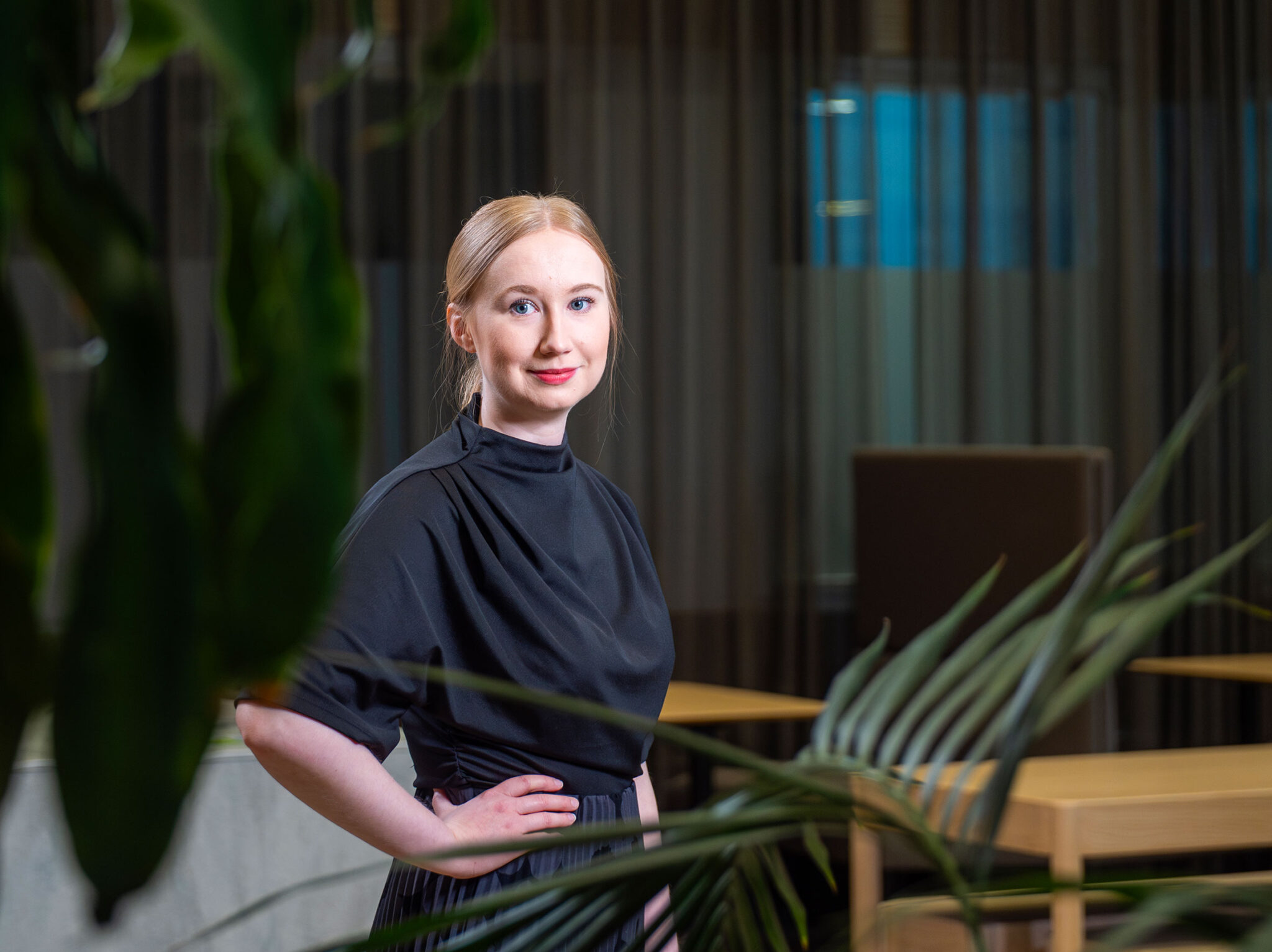Safety Supervisor Sami Rautio and Project Manager Tapio Marttila from Empower PN Oy and Project Manager Jukka Roponen from TMV Service Oy group the key occupational safety factors into three main categories: precise planning, good safety communication and joint targets. In their opinion, ensuring that every member of personnel is committed to occupational safety is by far the most important safety factor.
And these gentlemen know what they are talking about: Empower’s worksites have gone well beyond 200 accident-free days, while TMV Service is now entering its third year in the same position.
“This number describes our successes. It is by no means a matter of course for a company of our size,” says Rautio.
Precise planning helps with forecasting
Jukka Roponen says that the key factor in ensuring occupational safety at TMV Service is the risk management plan, which every worksite follows to the letter. The distinctive characteristics of each worksite and risk assessments for each work phase are taken into consideration when risk management is planned.

Roponen finds it especially important that employees are involved in the planning of risk management.
“It is important to ask them about their own safety observations and which working methods they would use at any given point.”
Precise planning and employee insight are also considered important safety factors at Empower.
“We have an experienced team, so occupational safety is already deeply ingrained in their working methods. Nevertheless, it is integral to everything we do: cost calculations, schedules and practical activities. Accidents could start to happen if we cut corners due to time or budget constraints. We do not do that,” Tapio Marttila emphasises.
Safety communication must be clear
Rautio says that Empower’s occupational safety concept is very straightforward. Proven material can be adapted to suit the needs of any type of worksite.
“Our material is designed in such a way that any person could use it to find all the necessary places and things such as safety equipment, including fire-extinguishing apparatus and first-aid supplies. The placement of these items has been carefully considered, and in the field, we use stick markers, which have been highly praised. The sticks are painted in bright, high-visibility colours, and they have a 15 x 30 cm panel at the top, with large writing,” Rautio explains. He says that every location is carefully toured with the employees.
The men say that onboarding plays a key role, particularly in occupational safety matters related to this specific site. They do not forget the importance of reviews, and Fingrid’s safety toolbox talks are also widely used on the worksites of TMV Service and Empower. Both companies also hold their own information bulletins.
“When sparks from working machinery gave rise to a risk of wildfires on a worksite in the early summer, Fingrid asked us to have safety toolbox talks about that as well as the means of preventing wildfires,” says Rautio.
Rautio emphasises the importance of keeping subcontractors involved in occupational safety practices and guidance on the worksite.

Sami Rautio, Safety Supervisor, Empower PN Oy.
“Large subcontractors have a firm grasp on these matters nowadays, but we can provide smaller contractors with an orientation to our practices if necessary,” Rautio says.
A shared objective for everyone
Good occupational safety is the sum of small, everyday actions in addition to detailed planning and orientation. Employee engagement is especially important in this respect.
“We encourage our employees and the personnel of subcontractors to highlight problems and deviations and, wherever possible, to intervene. For example, if there is a risk of somebody tripping over loose objects, an employee could move the objects out of the way. Or if someone on the worksite has forgotten their helmet, anyone could quickly tap them on the shoulder and remind them to fetch it,” Roponen says.
Rautio and Marttila point to the commitment and involvement of employees as the crucial factor in enabling Empower to create a good culture of occupational safety.
“Nowadays, it is pretty much taken as read that employees use helmets, goggles, protective footwear and high-visibility clothing, and there is no longer any need to explain the reasons for using them. The same people have been with us for years, so they have a firm grasp on occupational safety matters, and they are highly committed to complying with them,” Rautio says.
“For us, this is the best type of occupational safety. Nobody needs to explain why we use this equipment; people just pick it up and use it. Occupational safety is our top priority, and we will not compromise on it,” says Marttila.
Read more about Fingrid’s occupational safety.

